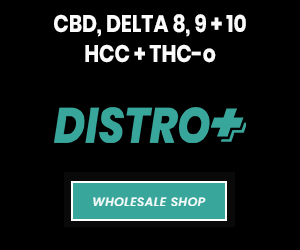Washington Marijuana Beverages Can’t Be Too Enticing for Children… or Adults?
Recreational MarijuanaUncategorized December 19, 2018 MJ Shareholders


The Washington State Liquor and Cannabis Board (WSLCB) is creating a real niche in the beverage product design industry through some of its most recent policy pronouncements. As has always been the case, edible (and drinkable) marijuana products are regulated so that they are not appealing to children. There are a host of old and new policies and rules that focus on avoiding marketing marijuana to kids, some of which are explicit (new policy mandating dull colors), and some of which are subjective (packages and labels cannot be designed in a manner that is “especially appealing to children.”).
But in one of a new set of policies that the WSLCB has issued recently, it has also sought to avoid packaging and labeling reminiscent of products made for adults — alcohol. Under BIP-07-2018, marijuana-infused products must not “Mimic, imply, represent or contain any statement, depiction, illustration, design, brand, or name of a product containing alcohol.”
Further, the WSLCB claims that if a product looks like alcohol, a licensee can’t get its product approved even if it includes a disclaimer on the packaging that the product does not contain alcohol. Even though this is a recent development as a written policy, we know that the WSLCB has been treating this as actual policy for a while. We have seen products turned away because of their bottle shape, the typeface on the label, and the ingredient list.
We have so many questions about this policy. Why? Are there large numbers of people going to marijuana retail stores, buying a product because they think it has alcohol, and going home to be disappointed that it doesn’t? Is this something that the alcohol lobby wants the LCB to do? To what end?
In trying to come up with some reason that this policy makes sense, the most charitable interpretation is that the WSLCB is trying to protect someone who lives with other people and reaches into the fridge to get a beer, only to find later that the beer was in fact marijuana. But even that case doesn’t stand up to scrutiny, as it could apply to marijuana beverages in any sort of container. There are only so many types of bottles and labels in the world, and all of them could conceivably be used for drinks that are either marijuana-infused or not. There’s nothing special about a beer bottle that would make it especially more confusing than a plastic soda bottle.
More importantly, this policy seems to contradict the WSLCB’s policy that marijuana beverages should not be marketed to children. I remember being a kid and being nervous when someone handed me a dark glass bottle of root beer for the first time. I knew that I wasn’t supposed to drink alcohol, and I had to triple check, that there wasn’t any in there because the color and shape of the bottle communicated to me that the drink was for adults-only. The WSLCB seems to be taking that tool away from marijuana beverage processors.
Now the WSLCB seems to be telling people that they can’t communicate with their products that something is specifically for children or specifically for adults. This is where smart product designers come in. Marijuana drink makers in Washington must find some type of middle ground that communicates neither. We’re not sure exactly how they can do that, but we wish them the best.
MJ Shareholders
MJShareholders.com is the largest dedicated financial network and leading corporate communications firm serving the legal cannabis industry. Our network aims to connect public marijuana companies with these focused cannabis audiences across the US and Canada that are critical for growth: Short and long term cannabis investors Active funding sources Mainstream media Business leaders Cannabis consumers









